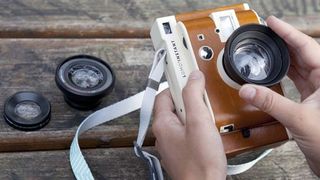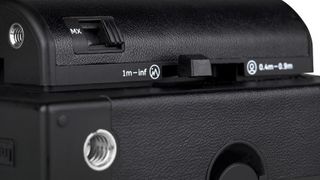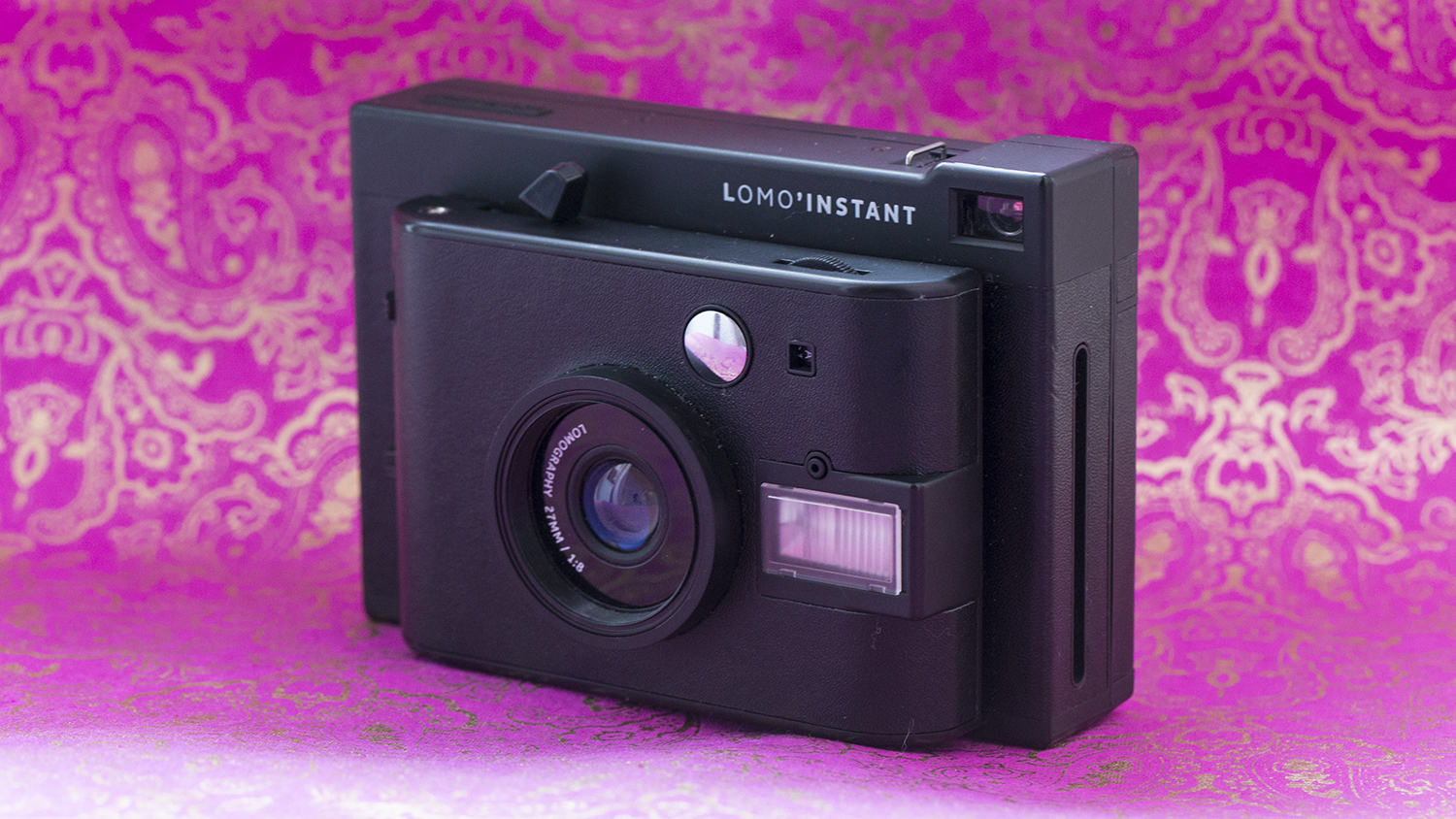TechRadar Verdict
Nobody is buying a camera like this because they want super sharp shots every time. Rather, it's designed as a bit of fun – and in good light you can get some nice results.
Pros
- +
Fun
- +
Instant prints
- +
Some manual control
Cons
- -
Costly to run
- -
Viewfinder not accurate
- -
Some guesswork needed
Why you can trust TechRadar
"Digital is boring," says Lomography, and Lomo cameras have certainly proven very popular in the past couple of years, bringing retro, analogue cameras back into fashion.
Now the company has produced its first instant camera, funded by a Kickstarter campaign, and which uses Fuji's Instax mini film to develop photos in front of your eyes. This film is relatively easy to pick up, certainly from online retailers, and is much cheaper than other forms of instant film, such as the Polaroid-compatible film from another instant photography company, Impossible Project.
Features
As this is deemed to be a more advanced instant camera, the Lomo Instant features quite a few different settings and comes packed in the box with a variety of options to expand it.
There is one built in lens, with a 0.4 metre closest focusing distance and an equivalent focal length of 27mm. Three additional lens converters can be fitted to the in-built lens, to give you fisheye, portrait and close-up lenses.

Other features include the ability to create multiple and long exposures, add coloured gels for the inbuilt flash and work in three different shooting modes.
Build Quality and Handling
As you might expect of something which accepts instant film, the camera has a very boxy appearance. While it's certainly not heavy – far from it – it's reasonably large and will therefore take up a decent amount of room in your bag.
Loading the film is very easy, which makes it less fiddly than many analog cameras. You simply open the camera's back and slot the rectangular film pack, lining up the yellow line on the pack with the yellow line on the camera. Once it's inserted, you take a shot to dispose of the protective black piece of plastic on the film pack.
There's a switch on the bottom which turns the camera on. You can choose from three different operating modes: automatic (designed for all purpose situations) which is marked with an A, creative with flash, and creative no flash. If you switch to automatic, the flash will always fire when needed.
On the front of the camera you'll find all the switches for controlling various aspects of the camera. On the side of the main camera section there's a switch for changing the focus range, allowing you to switch from 0.4-0.9 metres and 1 metre to infinity.

Just above this switch is another for controlling multiple exposures. Move this arm to MX and you can take as many exposures as you like on a single frame; move it back down and the film will be released.
On the top of the camera is a dial for changing exposure compensation. You can leave it on automatic or switch between +2 and -2. Here you'll also find the shutter release. It's worth noting that if the camera has switched itself off automatically and you attempt to take a photo, this will result in a double exposure the next time you switch the camera on.
The extra lenses simply screw onto the in-built lens. The viewfinder sits at the top left of the camera, and while it's reasonable for assessing the composition when the in-built lens is used, when any adaptors are added you'll need to use your best guess at the framing, something which you do eventually get used to judging once you've been using the camera a while.
Amy has been writing about cameras, photography and associated tech since 2009. Amy was once part of the photography testing team for Future Publishing working across TechRadar, Digital Camera, PhotoPlus, N Photo and Photography Week. For her photography, she has won awards and has been exhibited. She often partakes in unusual projects - including one intense year where she used a different camera every single day. Amy is currently the Features Editor at Amateur Photographer magazine, and in her increasingly little spare time works across a number of high-profile publications including Wired, Stuff, Digital Camera World, Expert Reviews, and just a little off-tangent, PetsRadar.

